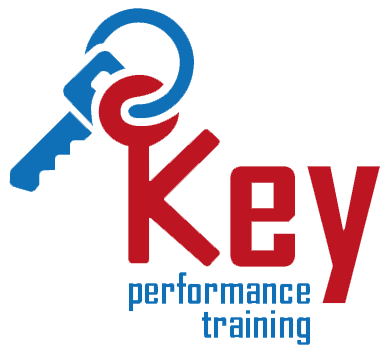Did you know that there are on average 35,000 serious injuries and 85 deaths each year as a result of poor safety whilst operating a Forklift Truck? This frightening statistic shows just how dangerous these 4,000kg machines are, especially when those operating do not have adequate training.
However, the majority of these accidents are preventable when both operators and supervisors become aware of the potential hazards and know what they can do to reduce the risks. This is where we come in! Below, are the top 4 major FLT hazards and what you can to do avoid them.
1. Forklift overturning
Overturning is the leading cause of serious fatalities and deaths when operating a forklift. In fact, overturning is responsible for 25% of accidents.
Turning or stopping too quickly, an unbalanced load, loads that are too heavy or high along with uneven and wet surfaces are all possible causes of a forklift overturning.
The best way to prevent these accidents is adequate training that includes; which surfaces trucks are designed for, at what point the truck becomes ‘overloaded’, speed limits, securing a load and more. However, if an accident does occur where the forklift overturns the operator should NEVER try to jump out of the vehicle and instead brace themselves against the back of the seat and hold on firmly.
2. Obstacles
Obstacles obstructing the operators view is a hazard that may seem obvious but way too many accidents happen as a result of an untidy warehouse. Some possible obstacles in a warehouse include; pallets, stocks, pipes, poles and barriers.
To significantly reduce the chances of an accident, operators and supervisors need to ensure they are checking for any obstacles that could impede the forklift before and whilst operating. Either by moving these potential obstructions or simply being aware of them, the chances that they will cause an accident, massively decreases.
3. Attachments
Attachments can be a hazard for several reasons as a change in maintenance, capacity and adjusting to different types of attachments can all cause potential hazards. The main hazard occurs when attachments are subject to poor maintenance. Stretched chains, worn out forks and other run-down areas all increase your risk of injuries.
To reduce the risks, the operator and supervisors should have a full understanding of the capacity limits and safety protocols on each individual attachment used. Also, before starting a job, the truck should be thoroughly checked to ensure everything is safe and not worn out.
4. Blind spots
A blind spot is when the operator cannot see past something that is blocking their view. Some common situations when this is likely to occur are; when weather conditions are poor, the lighting of the warehouse is insufficient or the forklift has a full load.
To reduce the risks, employees should direct pedestrians or other employees away from potential blind spots or, if possible, block off the whole area. If this cannot be done, drivers should have a ‘spotter’ when maneuvering around blind spots.
A dangerous hazard that could arise from blind spots is workers being struck or crushed. Having a traffic management plan where for example workers follow a one-way system or barriers are put in place is as good way to avoid this issue. In the instance that this does happen however, then immediately call 111.
